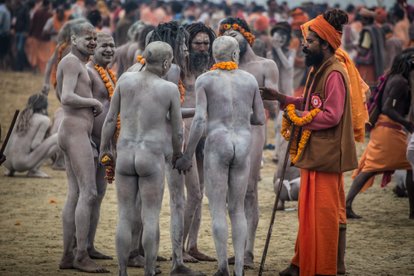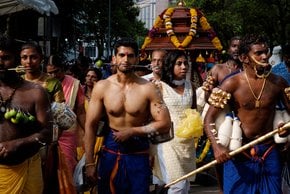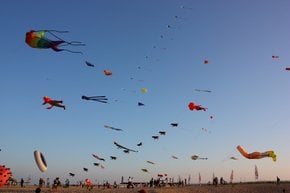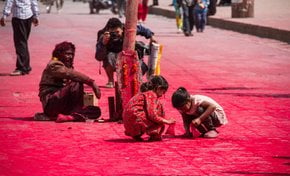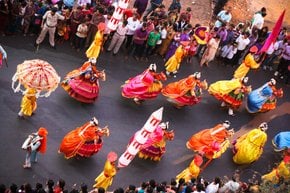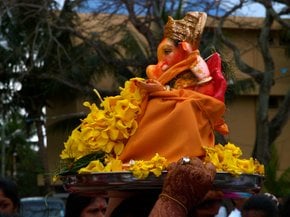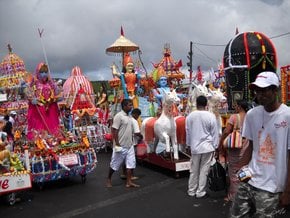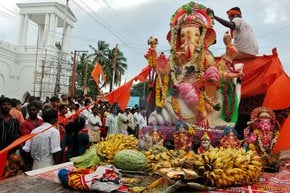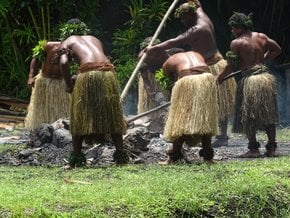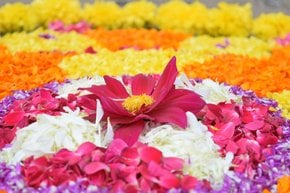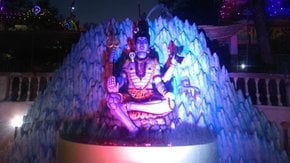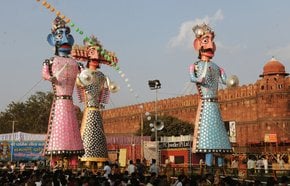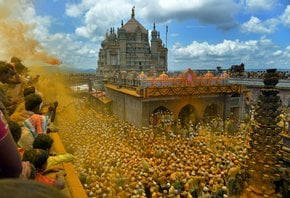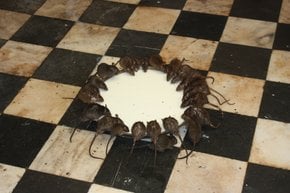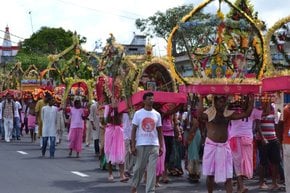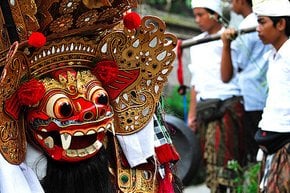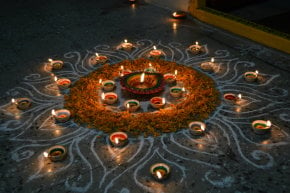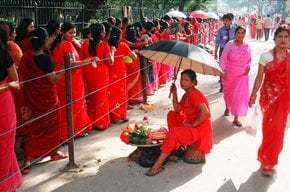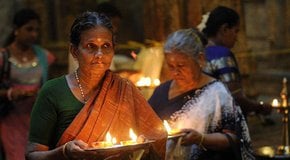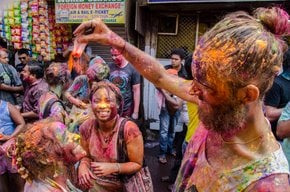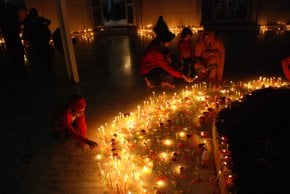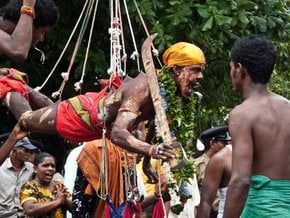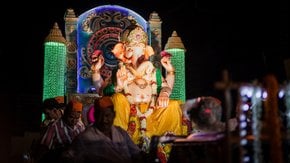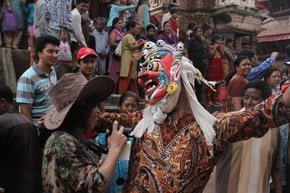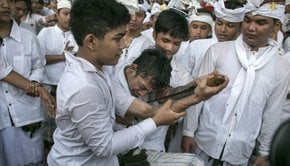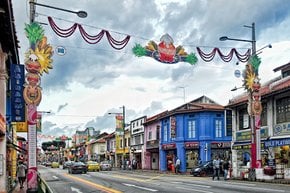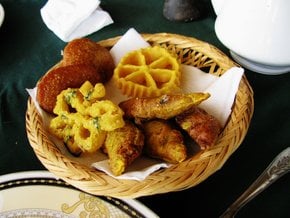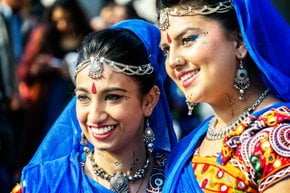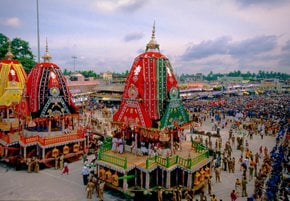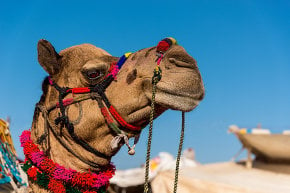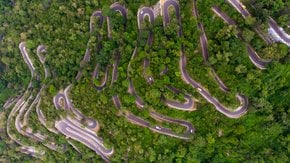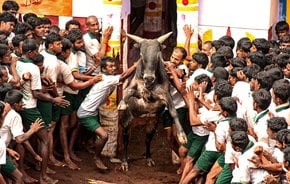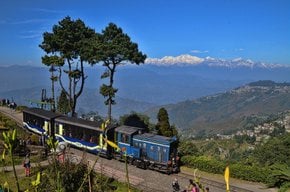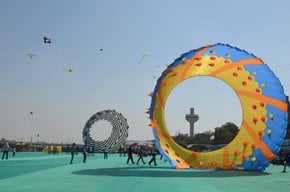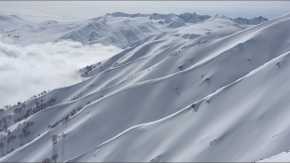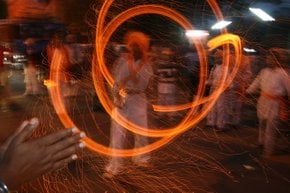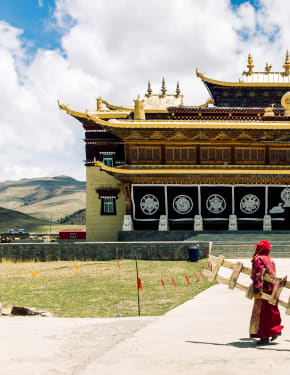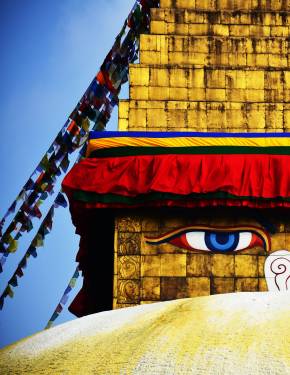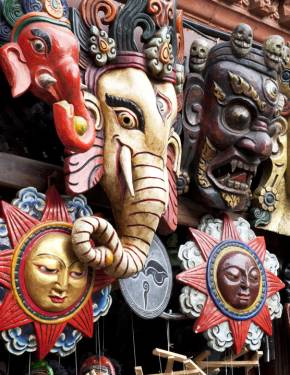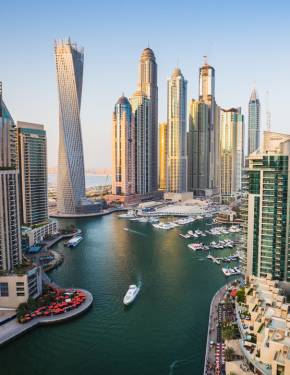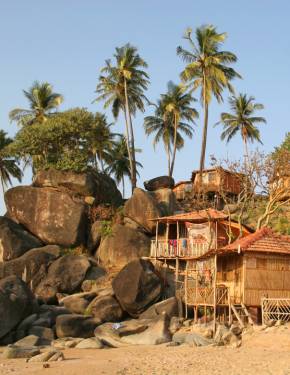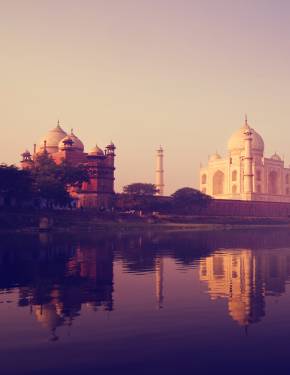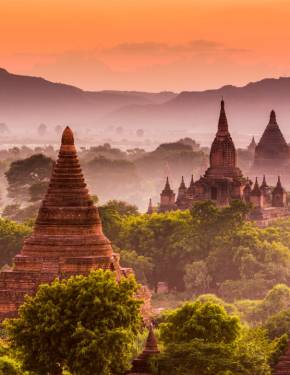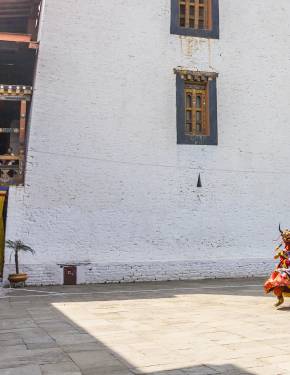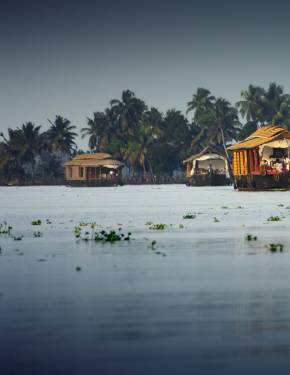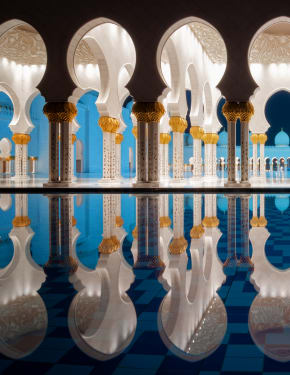Kumbh Mela 2025 en India
Sumérgete en una de las mayores reuniones religiosas de la historia.
Fechas: 13 de enero–26 de febrero de 2025
Los hindúes saben celebrar festivales mejor que nadie en el mundo, especialmente teniendo en cuenta cuánto entusiasmo y pasión tienen por él. A veces expresan esperanza y alegría y a veces aplacan a los dioses en la esperanza de alcanzar la salvación. Así que damos la bienvenida a la Kumbh Mela, una peregrinación masiva hindú de fe en la que los hindúes se reúnen para bañarse en un río sagrado para lavar sus pecados
The Kumbh Mela follows a unique rotation system across four sacred river sites in India—Prayagraj, Haridwar, Ujjain, and Nashik—each hosting the festival once every 12 years. This rotation means that each location hosts the event in turn. The timing of the Mela is based on specific astrological alignments of the Sun, Moon, and Jupiter, which are believed to make the ritual bathing at these sites most spiritually powerful. Kumbh Mela includes special events such as Ardh Kumbh (half Kumbh) due to specific auspicious dates, and Simhastha Kumbh (unique to Ujjain), adding to the spiritual significance and cultural richness of these gatherings.
Este festival se celebra cada tres años, y cambia entre cuatro lugares diferentes: Allahabad o Prayagraj (Triveni Sangam de Yamuna, Ganga y Saraswati), Nasik (río Godavari), Haridwar (río Ganga), y Ujjain (río Kshipra). La Mela, que es la reunión más grande del mundo de su tipo, atrae devotos de todo el mundo y regresa a cada lugar después de un periodo de 12 años.
"Kumbh. significa néctar y la historia detrás de la fiesta se remontan a la época en que los dioses decidieron residir en la tierra. Fueron debilitados por la maldición de Sage Durvasa, y los demonios causaron caos en el mundo. El Señor Brahma les recomendó sacar el néctar de la inmortalidad. Cuando los demonios descubrieron el plan de los dioses para asignar el néctar, los revisaron durante 12 días. Durante la persecución, parte del néctar cayó en los cuatro lugares mencionados. Los hindúes creen que las personas que se bañan en las aguas sagradas durante el Kumbh Mela son infinitamente bendecidos. Todos sus pecados son sueltos, y se acercan un poco más a la salvación.
The 2025 Maha Kumbh Mela in Prayagraj will follow a structured schedule with key bathing dates, beginning with Paush Purnima on January 13, which signals the start of Kalpvasa, a period of spiritual discipline and devotion for pilgrims. The next significant day is Makar Sankranti on January 14, when thousands gather for ritual bathing at the holy Triveni Sangam. Another major date, Mauni Amavasya, on January 29, is expected to draw the largest crowds for the Shahi Snan, or “Royal Bath,” which is the spiritual high point of the Kumbh Mela.
Additional notable days include Basant Panchami on February 3 and Maghi Purnima on February 12, where devotees continue to perform ritual immersions. The festival concludes with Maha Shivaratri on February 26, when pilgrims make their final dip in the sacred waters.
The roots of the Kumbh Mela lie deep within Hindu mythology. The legend of the festival dates back to the churning of the cosmic ocean by the gods and demons to obtain Amrita, the nectar of immortality. According to the tale, a fierce battle for the nectar ensued, during which a few drops spilled at four locations in India, namely Prayagraj, Haridwar, Ujjain, and Nashik. These sites became sacred, and every 12 years, the Kumbh Mela is held at each, rotating between these cities.
Historically, records of the Kumbh Mela date back to the Maurya and Gupta periods, with emperors like Akbar showing reverence for the gathering. During the British colonial era, the festival attracted attention for its vast scale and religious significance. Today, the Kumbh Mela, recognized by UNESCO as an intangible cultural heritage of humanity, symbolizes a blend of religious devotion, cultural unity, and historical resilience.
El Kumbh Mela se celebra cuando se dice que las aguas de esos ríos sagrados pasan al néctar, y las fechas exactas se pueden calcular de acuerdo con una combinación de posiciones zodíacas del Sol, la Luna y Júpiter.
The city has seen significant infrastructural improvements over the years to manage the influx of millions of pilgrims. Temporary bridges, camps, sanitation facilities, medical stations, and information centers will be set up throughout the Mela grounds. Additionally, authorities implement strict crowd management and safety protocols to ensure a smooth experience for attendees.

